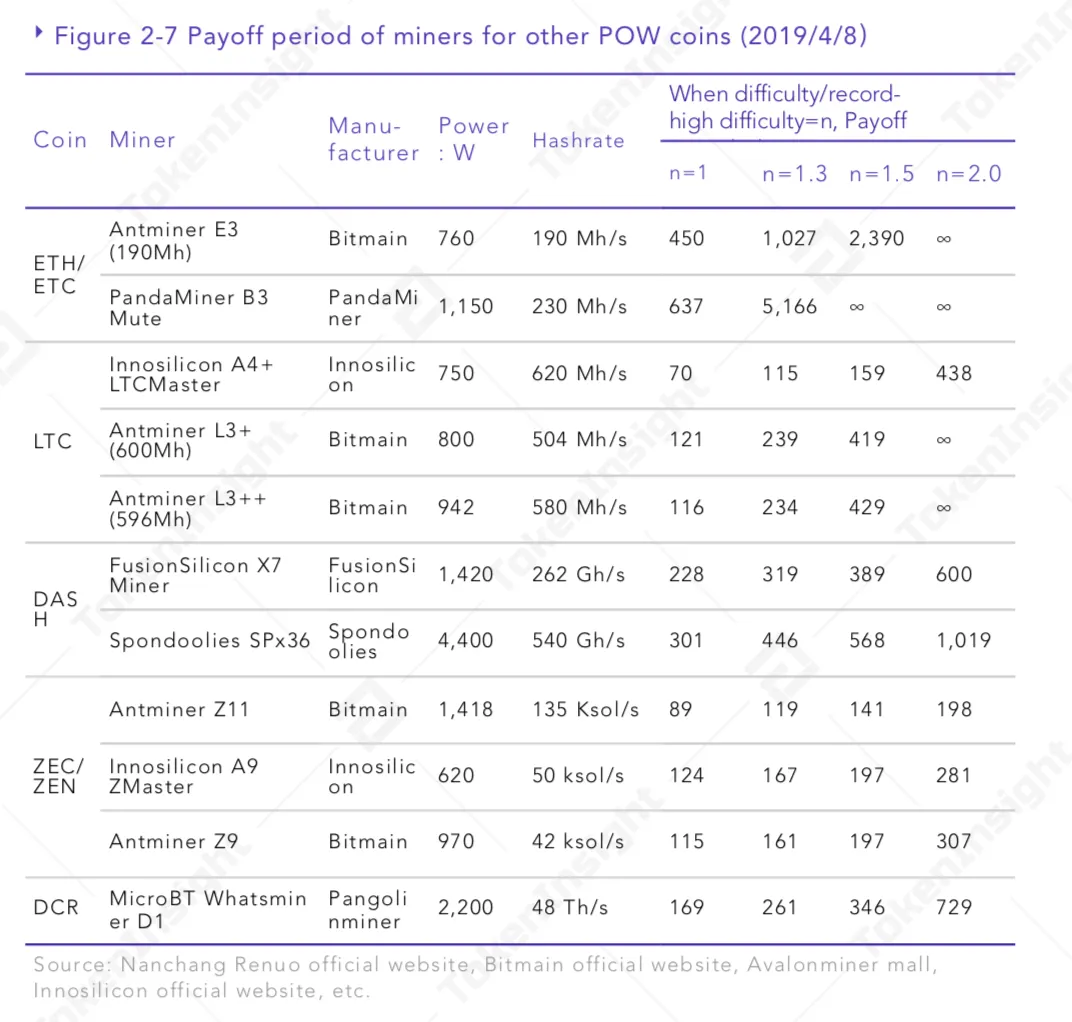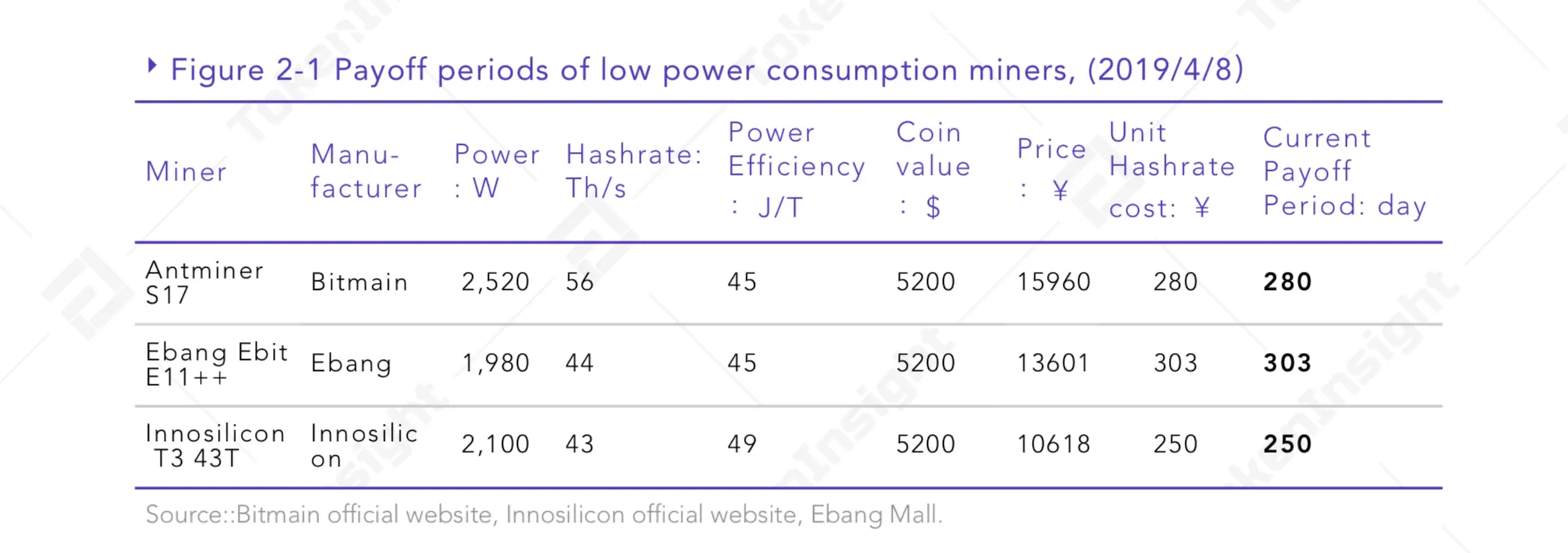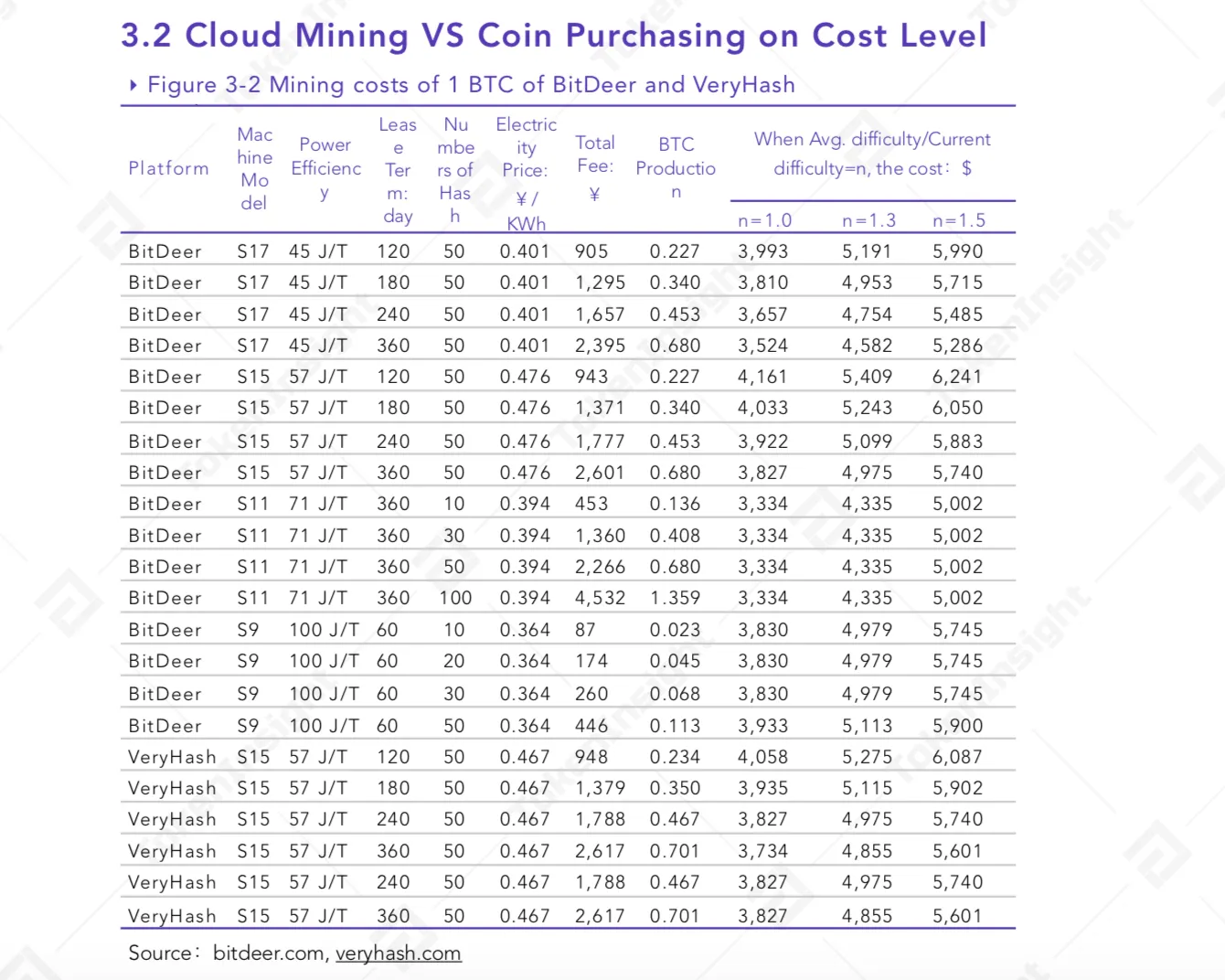ASIC mining is still highly profitable, despite a bear market, according to a report obtained by Decrypt from Palo Alto-based Token Insight, an independent crypto analyst.
The report calculates profitability, as measured by “payback time” on equipment and energy used. It focuses on the Chinese market, where approximately 60 percent of ASIC miners are based, takes into account the inevitable rise in the difficulty of mining Bitcoin (and other cryptocurrencies) over time, and concludes that it’s still more cost-effective to mine than buy.
Also notable are data which show that the difficulty of mining the major cryptocurrencies Ether, Dash, ZCash and Decred has fallen. Ether miners saw the greatest benefits, after the blockchain’s hard-fork in February.

Manufacturers are focusing on energy-consumption
ASICs are power hogs, so it’s no surprise that reducing the amount of electricity the rigs consumer has been a big focus for manufacturers.
According to Token Insight, the best bet for the money is the comparatively eco-friendly Innosilicon T3 43T BTC miner, which also enjoys the shortest payoff periods.

Mining is becoming more accessible
“Cloud mining,” the use of a single source to “package” the mining process—in whole or in part—is more profitable than buying cryptocurrency, according to the report.
You can design a package to fit your needs, which could be renting an entire mining operation, including machine maintenance, or outsourcing everything, including logistics services, electricity supply and membership of a mining pool and simply collect the profit.
Token Insight data says using cloud-mining services, it’s possible to mine a Bitcoin for $4,582 in a year. Since Bitcoin is currently trading at $5155, the annual return would be 10 percent or better, assuming the price stays at this level or rises, making it a better option than purchasing the coin.

As always, it makes sense to read the small print, ask questions and go with a reputable outfit, but cloud mining—potentially— lowers the threshold for investment, and makes the industry more accessible, while still being profitable, even factoring in service fees.
Hedging is emerging as a shield to combat volatility
If all this sounds too risky, the arm-chair miner might consider investing on so-called "Hedging contracts," a new-ish kind of insurance policy that helps protect you from volatile/bear markets. The goal of hedging, obviously, is to maximize profits and minimize risks.
Hedging involves selling futures to offset the possible decline of a crypto. As the cryptocurrency community grows, more services are springing up to offer hedging, and Token Insight reviews some of the advantages for miners who want to explore this option.
Certainly, in a bull market, hedging is not cost effective, the report concludes, since it means selling cryptocurrency in advance, at a relatively low cost.
The report argues that the industry is becoming more than a way to make a quick buck and those profits need not only go to mining farms. Of course, as in all things crypto, buyer beware. Despite its independence, and investment from venture capitalist Tim Draper, Token Insight has produced a report that seems to tilt a bit in China’s favor (that's where the majority of ASIC mining takes place.) If prices fall through the floor, it almost goes without saying, mining is just another way to lose money.

